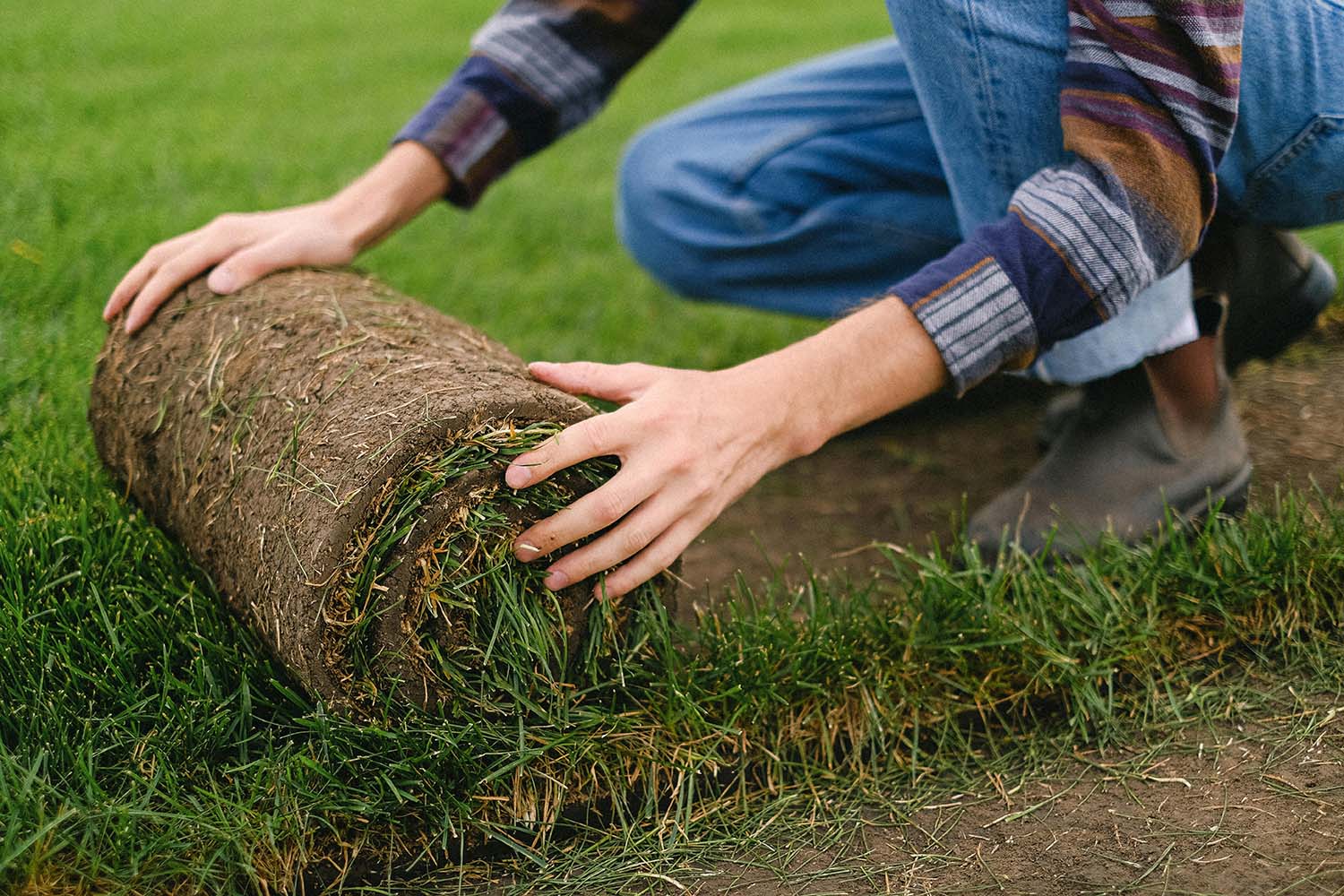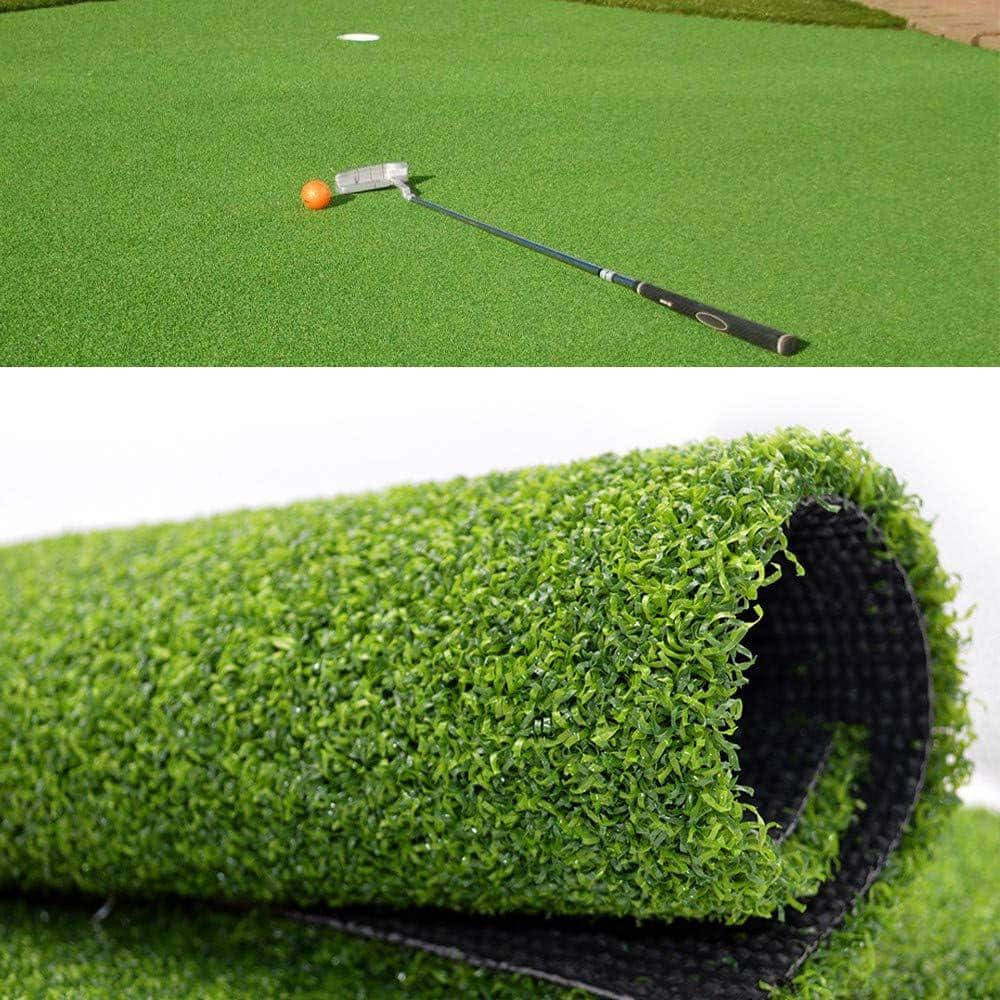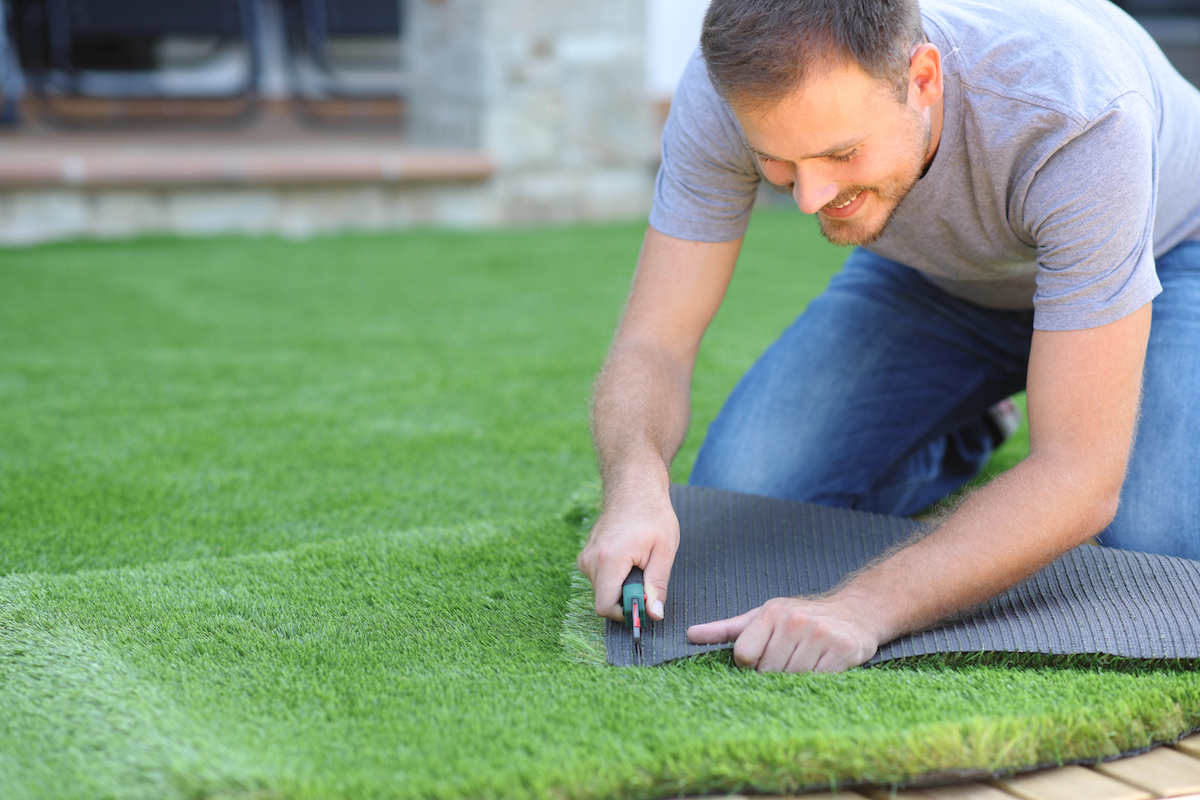Luxury Arizona Turf Installation Services for Homes and Commercial Properties
Luxury Arizona Turf Installation Services for Homes and Commercial Properties
Blog Article
Delve Into the Environmental Benefits of Opting for Synthetic Grass Solutions
The adoption of synthetic grass options provides a compelling possibility to resolve pressing ecological obstacles. By substantially lowering water use and lessening the application of dangerous chemicals, these options not just advertise sustainable landscape design however additionally secure regional environments. Moreover, the reduced carbon footprint connected with lowered maintenance tasks adds to a much more sustainable technique to land management. The implications of these advantages extend past plain conservation initiatives, elevating inquiries concerning their lasting influence on habitat conservation and total environmental balance. Checking out these measurements reveals a complicated interaction worth considering.
Water Preservation Advantages
One of the most considerable advantages of synthetic turf is its capacity to preserve water. In contrast, man-made lawn does not need watering, considerably lowering the general demand for water resources.
By removing the demand for normal watering, artificial lawn contributes to lasting landscape practices and helps mitigate the ecological influence of extreme water intake. The preservation of water extends to the reduction of overflow, which can lead to soil erosion and waterway pollution.
Additionally, the setup of fabricated lawn permits districts and home owners to assign water sources much more successfully, concentrating on crucial usages such as drinking water and farming. The shift towards artificial turf not just advertises liable water use however additionally straightens with broader environmental goals intended at preserving natural deposits.
As neighborhoods increasingly prioritize sustainability, the water preservation benefits of synthetic lawn present an engaging situation for its fostering in business and domestic landscaping projects.
Reduced Chemical Use
The shift to artificial grass considerably decreases the dependence on chemical therapies typically made use of in all-natural lawn maintenance. Conventional grass administration generally entails the application of fertilizers, herbicides, and chemicals to promote development and control parasites. These chemicals can present threats to human health and wellness, local wild animals, and the atmosphere, adding to soil and water contamination.
On the other hand, man-made turf gets rid of the need for these unsafe materials. As soon as installed, it needs minimal maintenance, mostly containing routine cleaning and seldom infill replenishment. This reduction in chemical usage not just profits the prompt setting yet likewise adds to broader eco-friendly stability. By reducing the release of synthetic substances right into the ecological community, synthetic grass promotes healthier dirt and water supply.
In addition, the absence of chemical runoff related to fabricated grass installments helps protect local waterways from pollution, supporting water life and preserving biodiversity. Artificial turf companies phoenix. As communities progressively prioritize lasting practices, selecting synthetic grass presents a sensible service that aligns with environmental conservation objectives. With this change, homeowner can delight in rich environment-friendly areas without jeopardizing ecological health, leading the way for an extra lasting future
Lower Carbon Footprint

In addition, the installation of synthetic grass can cause considerable water preservation. All-natural grass need considerable quantities of water for watering, which not only includes in the carbon footprint connected with water removal and treatment however additionally stress neighborhood water sources. In contrast, artificial turf needs minimal maintenance, requiring no watering, consequently considerably lowering water use and its connected power costs.
Furthermore, the durability of synthetic lawn adds to its lower carbon content influence. With a life-span of up to 15 years or even more, the demand for frequent replacements is diminished, causing less waste and reduced energy consumption in production and throwing away conventional lawn choices. On the whole, synthetic grass presents a lasting alternative for ecologically conscious landscaping.
Habitat Conservation
Habitat preservation is an essential factor to consider in the dispute over landscaping choices, especially when comparing synthetic grass to all-natural yard. All-natural turf yards usually require considerable maintenance, including using pesticides, plant foods, and herbicides, which can detrimentally affect neighborhood ecological communities. These chemicals can leach into the dirt and rivers, harming indigenous vegetation and animals and interfering with regional habitats.
Synthetic turf gets rid of the requirement for dangerous chemicals, thereby securing close-by wild animals and preserving the stability of bordering ecosystems. The installation of artificial grass can lead to the conversion of former grass locations into more biodiverse landscapes, such as pollinator yards or indigenous plant areas, which can sustain local wild animals.
Eventually, the change to synthetic grass not only preserves water and lowers upkeep initiatives however also cultivates a more harmonious connection in between human tasks and the natural surroundings, promoting habitat conservation while you can look here doing so.
Long-Term Sustainability
Long-term sustainability is a crucial aspect in assessing the advantages of man-made lawn over traditional turf yards. Among one of the most considerable advantages of synthetic grass is its durability; it can last as much as 15-20 years with minimal upkeep, whereas all-natural grass needs constant reseeding and replacement. This longevity decreases the need for constant sources, such as water, fertilizers, and chemicals, which are essential for keeping a healthy yard yard.
Additionally, synthetic grass adds to a reduction in carbon discharges connected with yard care equipment. Traditional yards usually require gas-powered lawn mowers, trimmers, and blowers, all of which add to air pollution. Phoenix turf companies. In comparison, man-made lawn gets rid of the demand for such devices, advertising a cleaner environment
Furthermore, the manufacturing of fabricated lawn progressively uses recycled products, enhancing its sustainability account. As producers adopt environment-friendly methods, the environmental impact of synthetic grass continues to diminish.

Verdict
The fostering of artificial turf services offers considerable ecological benefits, including considerable water preservation, minimized reliance on dangerous chemicals, and a lower carbon impact. Man-made turf help in protecting all-natural habitats by reducing land disturbance and advertising lasting sustainability with the use of durable products. Collectively, these factors highlight the capacity of synthetic turf to add favorably to ecological wellness and use a sensible option to standard landscape design practices in a progressively resource-conscious world.
In comparison, fabricated turf does not require watering, substantially reducing the general demand for water sources. By lessening the release of synthetic substances right into the community, fabricated lawn promotes healthier soil and water systems.
In addition, the installment of synthetic grass can result in considerable water conservation. In contrast, artificial grass requires minimal maintenance, calling for helpful hints no watering, therefore substantially lowering water use and its associated energy expenses.

Report this page